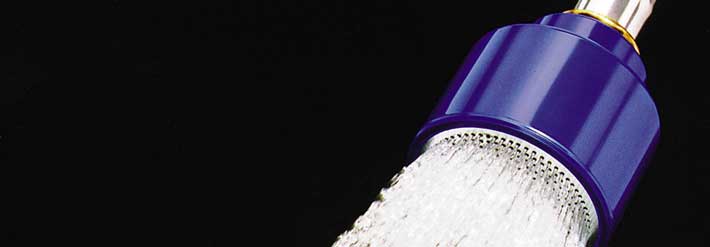2014 has been a fabulous garden season, don't you think? Once we got over that initial cold period - a.k.a. November through April - it seems like we have had abundant sunshine and weekly rains. Moving towards August, we are seeing some drier weather in the Champlain Valley and needing to take a few precautions to make sure that plants stay healthy. Whenever customers ask me a question about watering, I always have to stop myself from giving them a 45 minute lecture! Watering is something I do for hours a day, every day. I think about watering probably more than any other single task in our greenhouse business. It is a meditative and lovely way to spend part of each morning, and it is the best way I know to commune with plants, to get to know them, to check on them and see what else they might need in order to thrive. I will spare you the 45 minute lecture, and instead give you a few tips that will make your plants healthy and will save you time every time you water.
1. Mulch - whenever you can, lay down some old hay, straw, burlap bags, wet cardboard, newspapers or bark mulch around your plants. This will not only help keep weeds down, but it will also help keep moisture near the root zone.
2. When you water, aim the stream of water under the plant's foliage. Getting leaves wet is not the goal of watering...getting the roots drenched is what you are going for. I know this seems obvious, but so many people just water the top part of the plants and don't actually get the soil wet. It takes a lot of water right at the base of the plants to actually soak the soil. If you waste all the water on the leafy part of the plant, it sheds off, with the leaves acting like an umbrella and keeping the root zone dry. Not exactly efficient. Get the hose nozzle or tip of the watering can under all that foliage and you will be giving the plants what they want and where they want it.
3. Use a good nozzle on the end of your hose. We recommend this style:

They are made by Dramm and can be found locally at garden centers and on-line here. These nozzles are great for pots, window boxes, raised beds and small gardens. They are gentle enough so that soil doesn't wash away, but allow enough volume of water to flow out so that you don't have to wait too long for the ground to be saturated. If you have a larger garden, consider investing in soaker hoses or even an over head sprinkler to save time. Overhead sprinklers do get the leaves wet, but they are cheap, can be moved easily, and can water a large area in a relatively small amount of time. If you have long rows and a garden that is organized in straight lines, you can invest in drip irrigation, like what professional growers use. You will need a pressure regulator and a filter with it, but most supplier are happy to help you put together a simple system. We recommend Drip Works - they do a great job at explaining drip irrigation systems and are committed to helping gardeners save water and time.
4. Ideally, keep the foliage dry and water in the mornings. This will allow the foliage to dry out before evening falls. Wet foliage on warm nights is an invitation to fungal diseases. Powdery mildew and other assorted pathogens love those conditions. It is an old wives tale that watering mid-day will burn the plants. In 20 years of farming and owning a greenhouse business, I have never seen a plant burned by water. I am not sure what that would even look like! I have seen all kinds of diseases sprout up literally over night from damp leaves in warm, dark, humid conditions.
5. If you water with a watering can, take that rosette off! The stream of water, uninterrupted by all those little holes, will make watering the base of the plant much easier. The only time you need that rosette is when you are germinating seeds and don't want a stream of water to wash away all those seeds.
6. If you have plants in containers, water them every single day in hot, dry weather. If they dry out too much, it is very hard to re-hydrate them. Also, keep them deadheaded and fertilized and they will cope much more easily with the heat. If you are going away for a few days, place each container in a pan or dish and add an inch or two of water so that they do not dry out (but only for a couple of days - they will drown if watered like that every day). And please don't be stingy with the water - the averaage 10" to 12" hanging basket needs about 1/2 to 1 gallon of water per day during these hot dry days. That is a lot of water!
Overall, I love this time in the gardening season. The hot weather crops like tomatoes, peppers, cucumbers and corn are ready but we still have some nice spring crops like peas, scallions, and lettuces. Watering can be relaxing, and it can provide you with some nice bonding time with your plants. Let us know if you have any questions.

